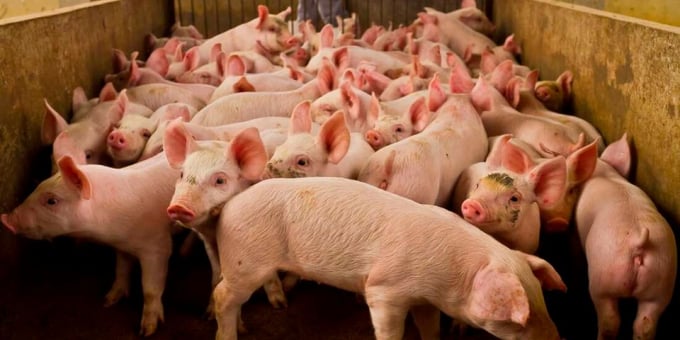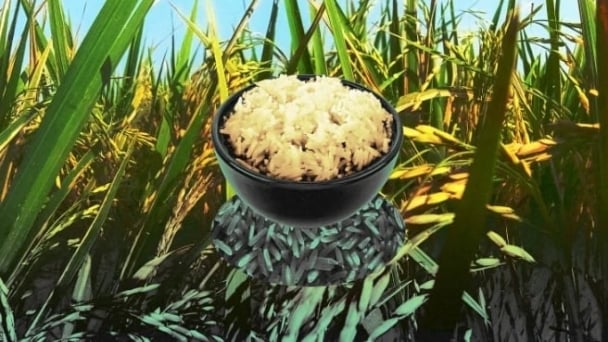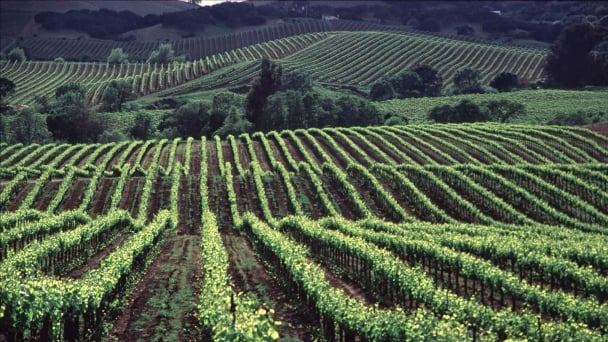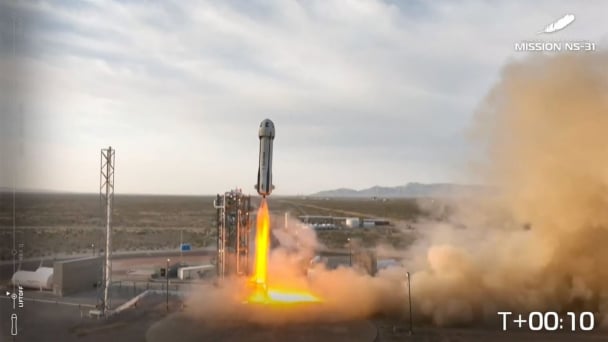April 23, 2025 | 16:19 GMT +7
April 23, 2025 | 16:19 GMT +7
Hotline: 0913.378.918
April 23, 2025 | 16:19 GMT +7
Hotline: 0913.378.918

Pigs on a farm. Reduced performance caused by inbreeding occurs due to the nature of gene type and gene combinations.
Farmers used to share boars liberally or acquire from each other without much thought. Currently, one is very cautious to share a boar or get one from any farm. Many who have neglected the caution have ended up with devastating outbreaks.
Many farmers are tending to do away with boars because they have long idle periods when the sows are either nursing piglets or they are pregnant. While large-scale farmers struggle to get time to rest their boars, small farmers agonise over the cost of maintaining a boar that is only sparingly used.
Jenifer from Murang’a last week found herself in a dilemma. She had disposed of her boar and bought a young one from the largest swine breeding stock supplier in the country. Unfortunately, one of her large gilts got on heat and the new boar was too small to effectively serve the gilt.
The farmer called me and asked a question that I thought the answer was common knowledge. “Doc, what would happen if I mated my gilt with its father?” she enquired.
Abetting incest
I laughed and told her she would be guilty of abetting incest. I asked her why she would want to inbreed. This is the mating of animals that are closely related. It is normally advised to avoid mating of animals that are back to the grandparents’ levels.
Jenifer said the only boar she could use on her farm was the gilt’s father. She would not want to bring in a boar from another farm or take her pig there to avoid catching the deadly ASF. I told her she had the option of artificial insemination. Unfortunately, she said the semen service provider in her area was out of stock.
Her other option was to skip the heat and wait for 21 days hoping that the young boar would have grown big enough to consummate a mating. The option was not appropriate because she would create a gap in her production cycle.
Jenifer is one of the customers who trade with the bank that understands agribusiness and livestock insurance. The relationship requires her to have a well-programmed production cycle that enables her to service her loans every seven months after she has sold off a batch of baconers. The insurance also requires that she has a certain number of pigs on the farm at any one time for her cover to be effective.
Livestock production
Inbreeding is one of the practices of livestock production that is double-edged. It has certain benefits but most of its outcomes are negative in a phenomenon called inbreeding depression. The term means that inbred animals are likely to have decreased performance on several aspects.
The opposite of inbreeding depression is inbreeding enhancement. This is where an inbred offspring has higher performance than the herd average.
Reduced performance caused by inbreeding occurs due to the nature of gene type and gene combinations. We know scientifically that every characteristic or trait in an organism is controlled by a pair of genes, one from either parent.
Genes are classified into dominant or recessive. Among the recessive genes, there are those with undesirable traits like low birthweight in piglets, low number of piglets born and poor mothering ability in mother pigs or sows. There could also be low sperm counts and libido in male pigs or boars.
When an offspring acquires two recessive genes of undesirable trait from the parents, then it shall have reduced performance. The other type of genes is called the dominant. This gene expresses itself when paired with a recessive gene and suppresses the recessive trait. For instance, if an albino pig mates a normal pig, the piglets will look normal if none of the parents carried an albino gene.
Inbreeding in pigs is classified into litter, dam and sire forms. Litter inbreeding is when brothers and sisters are mated. Dam and sire inbreeding is when the sow is mated with its son and the boar with its daughter respectively.
There is also the new and old inbreeding. New form refers to mating relatives down to the fifth generation. Old inbreeding refers to mating relatives from the sixth generation back.
Inbreeding
Scientific studies have established that all forms of inbreeding have both negative and some positive impacts on the performance of the offspring. The negatives, however, are more common than the positives.
For instance, in an Austrian study, dam inbreeding was found to reduce the number of piglets born alive, the number of piglets weaned and the total number of piglets. Sire inbreeding, on the other hand, caused an increase in the total number of pigs born when sows were mated with inbred sires.
Despite some benefits of inbreeding in pigs, doctors advise farmers to avoid inbreeding because there are more undesirable effects than desirable ones. Furthermore, inbreeding should only be done scientifically by animal production researchers in the quest to develop better performing pig lines or breeds.
I, therefore, advised Jenifer on two options. Either she would forego the mating of her gilt or do the service by its father. If she chose the latter, then she should only use the piglets for slaughter and not breeding.
(Nation)

(VAN) Warmer temperatures and more carbon dioxide will boost levels of arsenic, a dangerous heavy metal, according to new research.

(VAN) California's $59 billion agriculture industry faces serious disruption as the U.S. clashes with China - one of the state's major export markets.

(VAN) Five things you should know about Sudan's food security crisis.

(VAN) 169 lotus seeds selected by the Vietnam Academy of Agricultural Sciences were carried into space by Vietnamese-American astronaut Amanda Nguyen.

(VAN) Tariffs are making life more expensive for John Pihl. He's been farming in Northern Illinois for more than 50 years.

(VAN) European and American farmer organisations are concerned about the import tariffs that the United States introduced on 9 April for products from the European Union. This makes them 20% more expensive.

(VAN) Global poultry trade is expected to remain strong amid relatively tight global protein supply and growing consumption, RaboResearch concludes in its latest animal protein report.